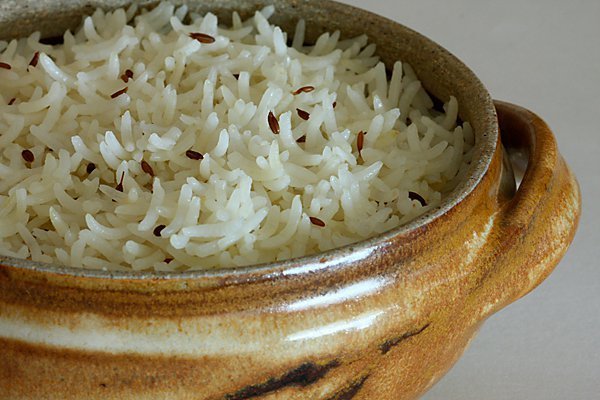Recently, the issue of several Indian treasures and artifacts languishing abroad due to different laws has been coming into the limelight. We all know about the long and as-yet unsuccessful struggle to get the Kohinoor Diamond back from the British to more familiar shores. There are, however, quite a few other figures, sculptures and treasures in foreign lands that, when you think about it, rightfully belong to India.
Here are a couple of things that should belong to India.
1. Jagdamba, Shivaji Maharaja’s legendary sword
Currently resides in Buckingham Palace
The sword, gifted to Edward VII, the Prince of Wales, during his visit to India is now a part of the Indian treasure that adorns Buckingham Palace in London. Despite being a gift, it pretty much does belong in India.
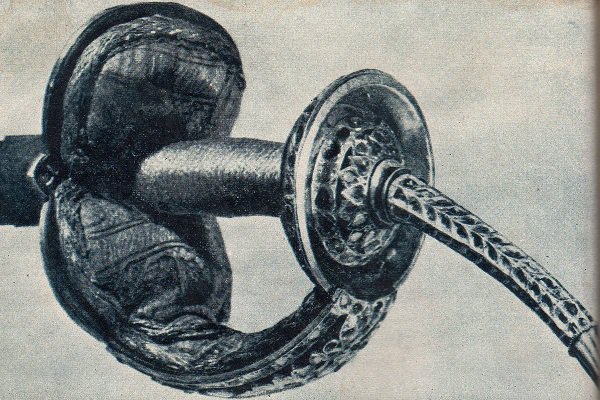
2. Kohinoor Diamond
Currently resides in Buckingham Palace
The priceless diamond was surrendered to the Queen of England. However, just like the queen, that treaty is also now obsolete, and it is widely regarded that the diamond should indeed belong to India.
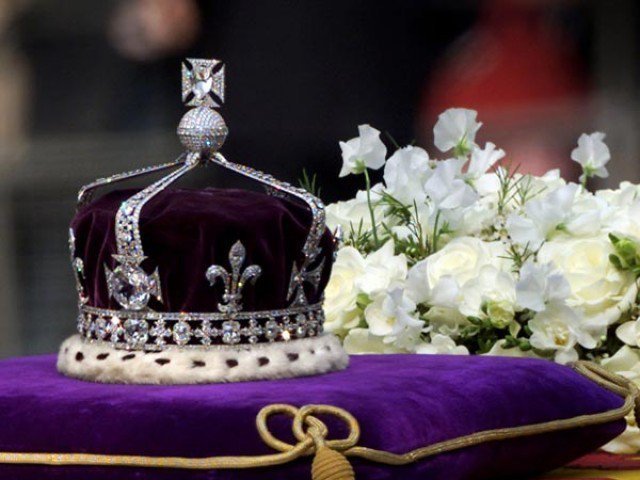
3. Saraswati Idol from Bhoj Temple, MP
Currently resides in the British Museum
A sculpture of the deity from the Bhoj temple, It was acquired by the British Museum in 1886. There has been a huge demand for the return of these to the Saraswati temple in Madhya Pradesh
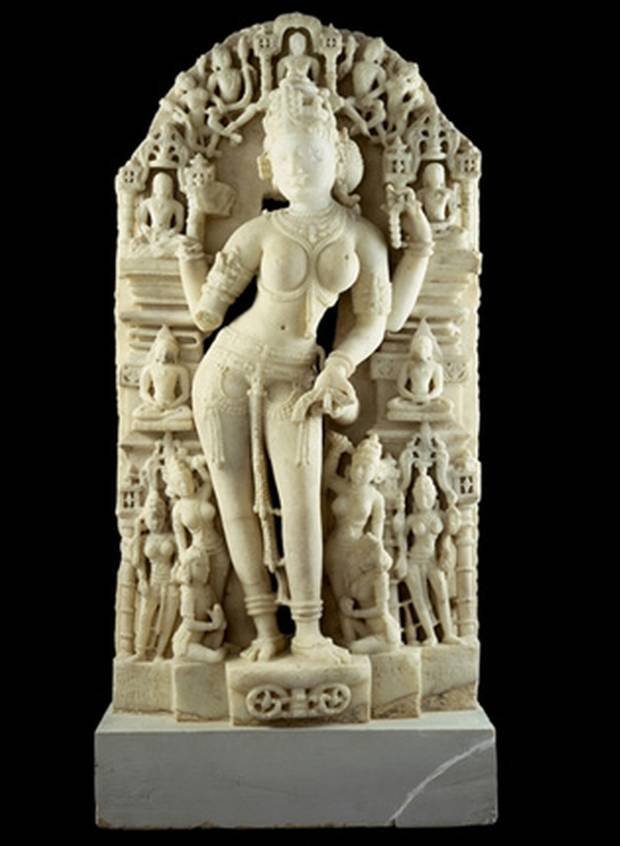
4. The Sultanganj Buddha
Currently resides in the Birmingham Museum and Art Gallery
This large period sculpture, dated to be from between 500 to 700 AD, was found in 1861 by excavators while building the East Indian Railway. The statue was sent to Birmingham, where it now resides, and has been rechristened the Birmingham Buddha. However, the ASI has been trying hard to get it back to India.
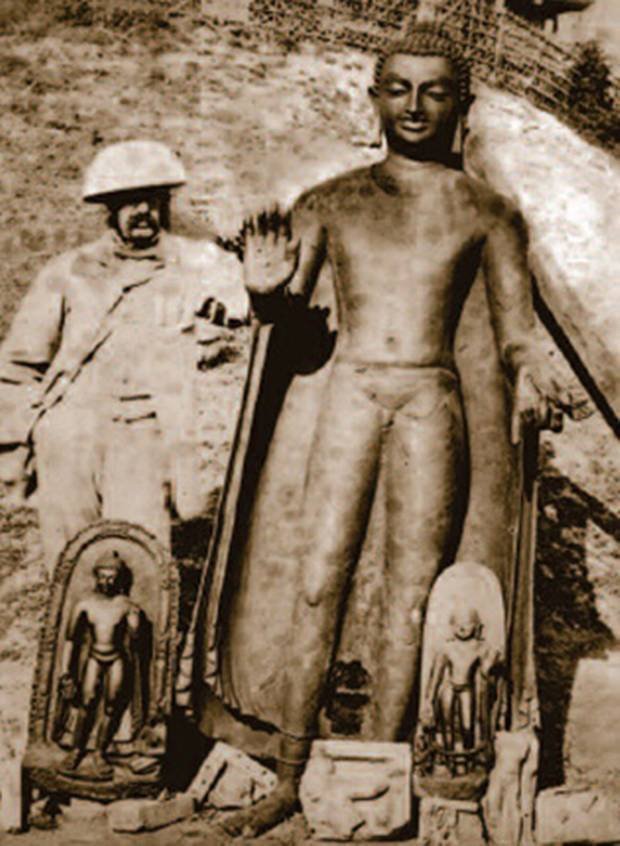
5. The Amaravati Railings
Currently resides in the British Museum
These sculptures are and inscriptions were discovered by Westerners in around 1800 on the right bank of the Krishna River. These slabs of limestone, which were deposited in the British Museum in 1880, are another case the ASI, along with UNESCO, are fighting to bring back to India. They belong to the Amaravati Stupa of Andhra Pradesh.
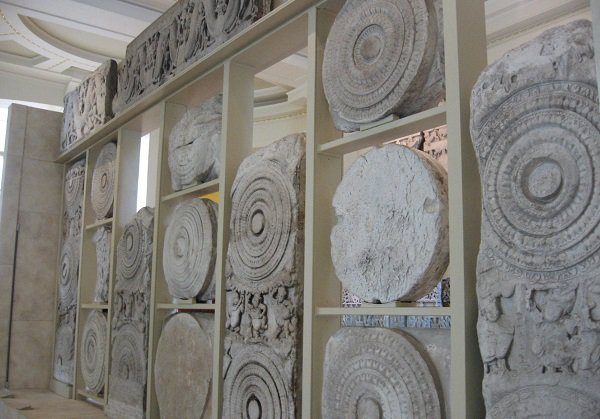
6. Basmati Rice
Limited patent belongs to a Texas company
In 1997, a Texas based company called RiceTek was given a patent for basmati rice lines and grains. After international outrage and a sever souring of ties between India and USA, the most of the claims of the patent were withdrawn. RiceTec does, however, have a more limited patent on the rice since 2001.
